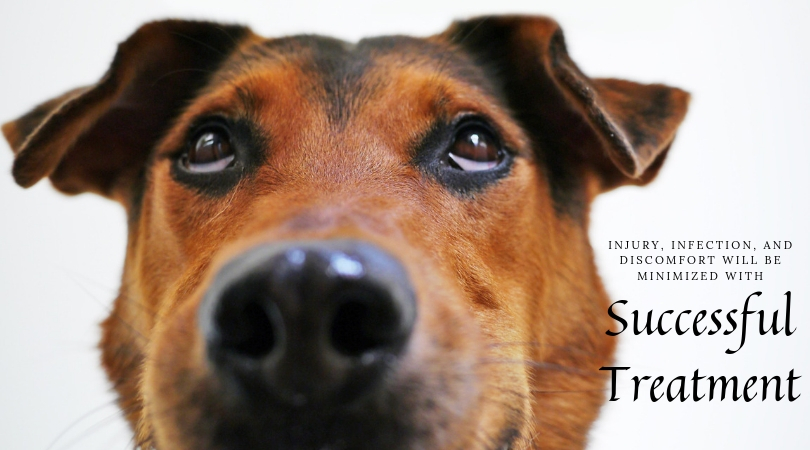Have you thought about the health of your pet’s eyes? Chances are, as long as your dog or cat seems to see okay, you may not have thought much about it.
However, they can be susceptible to eye problems, and one of those eye problems is known as cherry eye.
This unsightly condition gets its name from a reddish mass in the eye. It can protrude from the eye and sits like a red bump in the corner.
It comes from a “third eyelid” called the nictitating membrane. This membrane usually "hides" behind the lower eyelid. When fully functioning, this eyelid houses a tear gland that keeps your pet’s eyes safe from wind and dust. But in the case of dogs and cats who suffer from cherry eye, it becomes very visible.
When the connective tissue comes loose, the tear gland hangs down. It’s small, red, and round - hence the name, “cherry eye.”
As you might expect, it’s not only unattractive, but it can also provide problems for your pet.
Who Gets Cherry Eye?
There are certain breeds that are more prone to cherry eye than others. Those with shorter muzzles like Beagles, Lhasa Apsos, St. Bernards, and teacup breeds are most susceptible.
Cats can get cherry eye too, commonly in Persians and others with a flatter face.
It can happen suddenly, too. One minute your pet’s eyes look normal, and a minute later, there’s a protruding mass.
What Causes Cherry Eye?
The exact cause is unknown, but it is believed to be an inherited condition that causes the connective tissue to fail. It most often occurs in younger animals under two years old. It may also be related to an injury of the eye that causes inflammation.
How to Treat Cherry Eye in Dogs and Cats
In order to treat it, your veterinarian will assess and make a recommendation. In some cases, using a damp cloth and skilled fingers, your veterinarian may be able to work the exposed tear gland back into place.
In other cases, medications may be recommended, and in still others, surgery is the best course of action.
3 Common Surgical Options
Depending on the condition of your pet’s eye, your veterinarian may recommend surgery. There are three common options for treating cherry eye.
1. Stitching It
Sometimes the veterinarian can sew the tear gland into its proper place.
2. Create a New Pocket
When the connective tissue is weak and the tear gland is falling out of your pet’s eye, your veterinarian may be able to create a new pocket to hold it in place.
3. Removal
The last resort is removing the tear gland. But this means your pet’s eyes will dry out easily, and you’ll need to treat your pet’s eyes with artificial tears for the rest of your pet’s life.

Successful treatment of cherry eye minimizes the risk of injury to the eye or the risk of a bacterial infection. It also reduces your pet’s discomfort.
What Are the Long-Term Effects of Cherry Eye?
When the tear duct is exposed for long periods of time, there can be problems. For example, blood flow is restricted to the gland, which can cause swelling and obstruct your pet’s vision. Your pet may want to paw or rub their eyes, which increases the possibility of infection in the eye. It can lead to redness throughout the eyes, too.
As long as your pet receives professional medical care, recovery is very likely. However, successfully treating cherry eye in one eye doesn’t mean that it won’t happen in the other eye. Your veterinarian will be able to make any special recommendations for treating your pet.
Do you have any questions or concerns about your pet's eye health? Please contact us!
